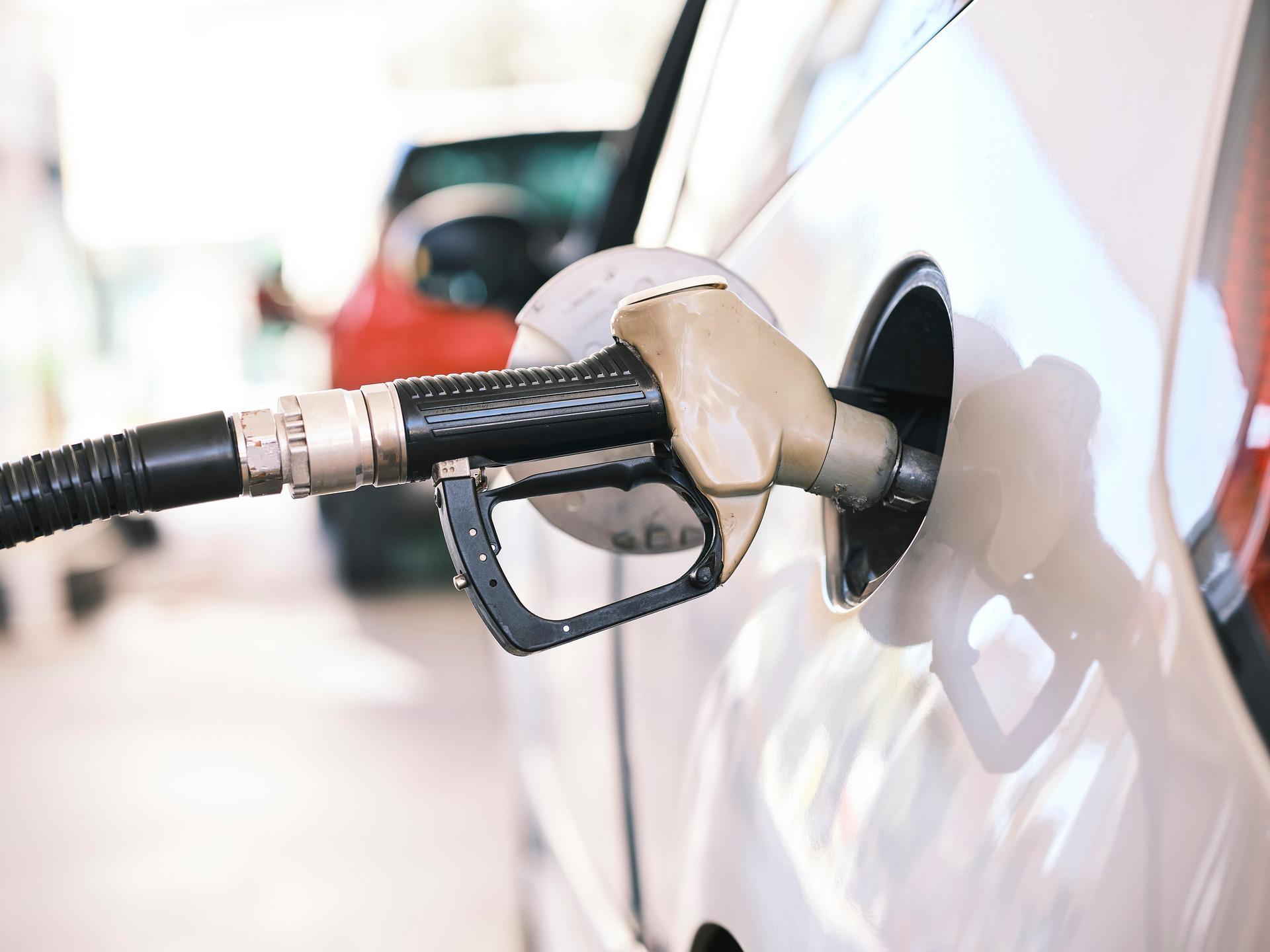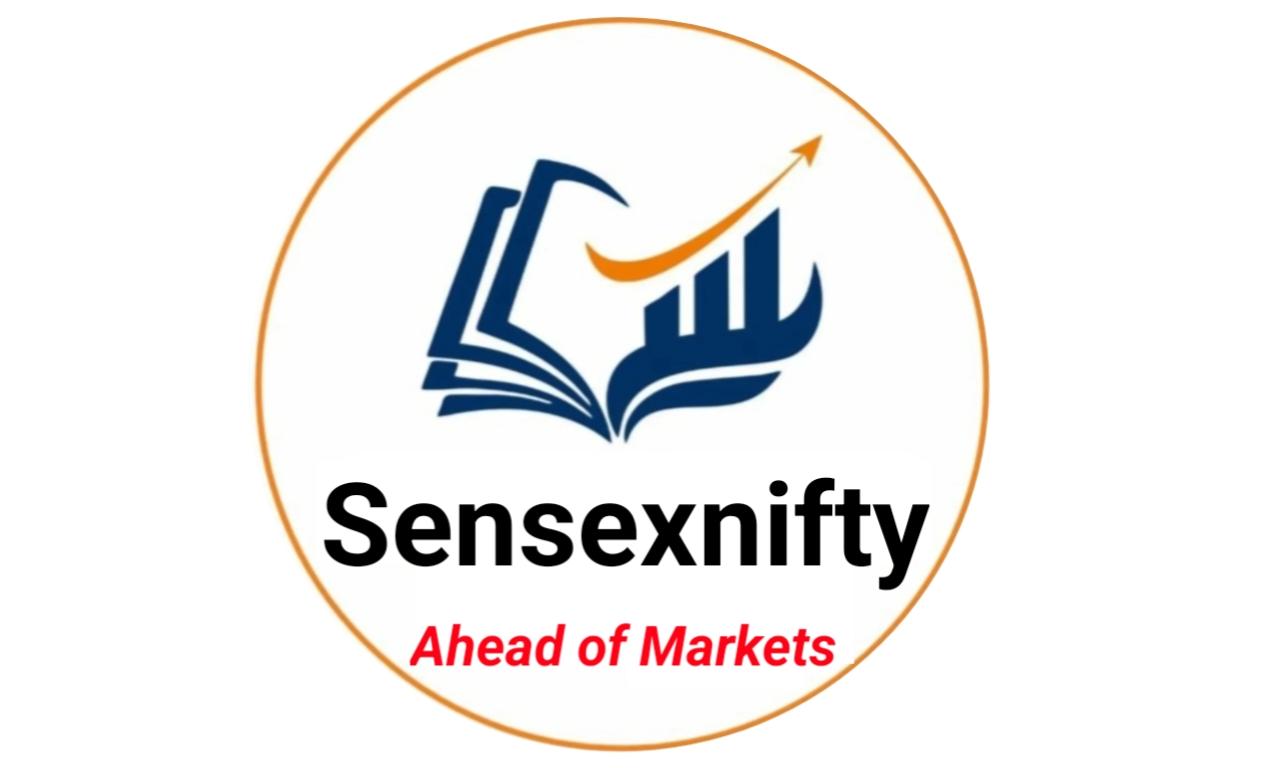
Petrol and diesel prices in India may soon face upward pressure, as global crude oil markets indicate signs of a possible price surge in the coming months. The geopolitical tension between the United States and Russia is emerging as a key trigger behind this expected volatility in crude prices. At present, crude oil is trading below $80 per barrel, but analysts are predicting a sharp rise by the end of 2025, which could impact global inflation and retail fuel prices significantly.
According to energy market experts, the ongoing standoff between the US and Russia could severely disrupt global oil supply chains. If that happens, the price of Brent crude oil could rise to between $80 and $82 per barrel by late 2025. Short-term technical trends are also pointing toward a bullish outlook for crude oil.
India, which imports crude oil from over 40 countries, may not face an immediate supply crunch, but rising prices are a much bigger concern. Higher global prices could translate into more expensive petrol, diesel, and LPG for Indian consumers, ultimately driving inflation in the country.
US President Donald Trump has issued a 10 to 12-day deadline to Russia to cease its military operations in Ukraine. Failure to comply may result in the imposition of a 100% secondary tariff on countries purchasing oil from Russia. Energy analyst Narendra Taneja has warned that if Russian oil is removed from global markets, Brent crude could spike dramatically to $100 or even $120 per barrel. This would have a direct impact on countries like India that have become increasingly reliant on Russian oil.
Earlier, India imported only about 0.2% of its crude oil from Russia. However, this figure has now increased significantly to around 35–40%. A disruption in Russian oil supplies or a rise in its prices due to US sanctions could severely impact India’s energy costs. Consumers could end up bearing the brunt in the form of higher fuel prices.
Data suggests that Brent crude’s October futures contract has already risen from $72.07 to around $76, with the possibility of reaching $80 to $82 by year-end. The minimum support level for Brent is considered to be $69. Similarly, the WTI September futures contract is currently priced at $69.65 and may climb to as much as $73 to $79 by December 2025. Its minimum support level is around $65.
The expected rise in crude prices could have a cascading effect on various sectors in India. Higher fuel prices would increase transportation costs, which in turn could raise the prices of food and essential commodities. This would contribute to inflation and put additional pressure on Indian households.
Additionally, the higher cost of oil imports could widen India’s trade deficit and place downward pressure on the Indian rupee. Even if supply continuity is ensured through diversified imports, managing consumer-level fuel prices will remain a critical challenge.
President Trump has stated that he intends to bring down oil prices, but ramping up US oil production would require significant time, capital, and infrastructure investment. Meanwhile, Saudi Arabia and other OPEC nations may attempt to offset the supply gap, but those measures too will take time to materialize.
Recently, the US-EU trade agreement provided temporary relief to the oil markets. However, ongoing geopolitical tensions and a strong US dollar continue to exert pressure on global crude oil prices. While India’s diversified oil sourcing strategy may shield it from supply shocks, controlling domestic petrol and diesel prices may prove to be increasingly difficult if crude prices continue to climb.
Ultimately, if Brent crude crosses the $80 threshold, the impact on India’s fuel prices and broader inflation could be significant. The common consumer will likely face the burden. While supply may be manageable, the greatest challenge for policymakers will be to manage the retail pricing impact without destabilizing the broader economy.




